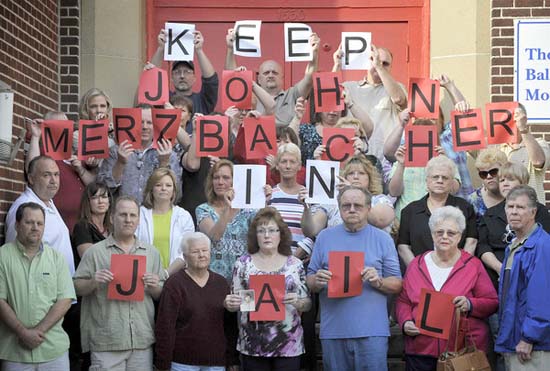
Politically conservative and Pro-Nazi Protestants organized a movement of German Christians in 1933. Michael Burleigh in Sacred Causes has this to say about it:
They wished to revivify Protestantism by incorporating those things that had made Nazism such a potent force. Their banner consisted of a cross and the initials SC with a swastika in the centre. This was not the first or the last time that a Protestant Church inclined towards a secular creed in the expectation that its adoption would fill empty pews, a cycle those Churches have endlessly repeated with environmentalism, campaigns against the Bomb and soft Marxism ever since.
But Burleigh errs in not including the Catholic Church, which has learned to whore after the spirit of the age with almost as much energy as Protestants.






















